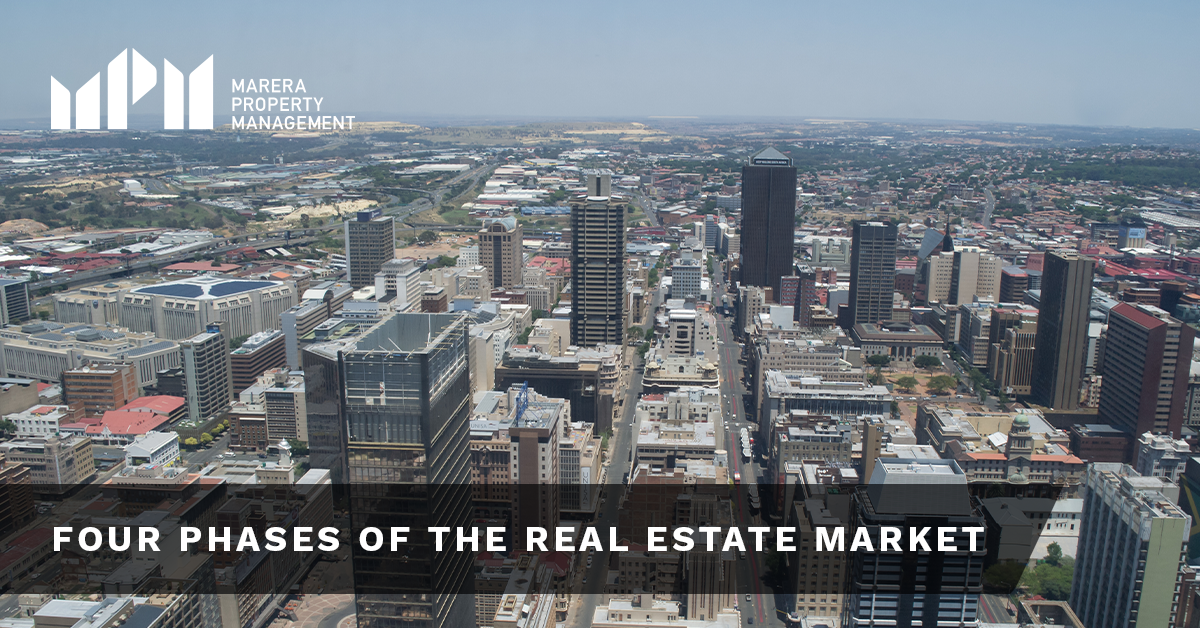The real-estate market has its own cyclical model made of four phases: Recovery phase, Expansion phase, Hypersupply, and Recession phase. Understanding each phase provides asset managers with a clear frame for analysing investment possibilities and potential risks, which ensures safer investments and profitability.
Expansion phase
During the Expansion phase, the market is on an upswing in terms of increased demand for space.
The occupancy rate is high (vacancy rate = the rate of free space is low), and rental rates are rising steadily to the levels which justify new constructions.
This is a favorable period for real-estate development or renovation, because the demand for space is high and prices are often reaching record rates. One of the strategies could be investing in an unfinished real-estate. After investing in its development, the real-estate has a greater market value which ensures the return on investment.
Hypersupply phase
Due to construction expansion in previous phase, numerous development projects and the placement of many new objects, the supply exceeds demand. The oversaturation of the market is characterized by an increase of real-estate available for lease, leading to the real-estate dropping in value. Rent growth can stay positive, or stagnate, with clear indicators that reduction of prices will be inevitable.
There are several investment approaches in this phase. One of them could be the buy-and-hold approach, until the next best time for making the sale. The other strategic move can be selling real-estate before a further drop in its value.
Recession phase
When the real-estate market is in this phase, it means that the supply exceeds demand by a wide margin. Because of this, it comes to a decrease in real-estate prices, often followed by a decline in rent as well.
This is a good opportunity for investing in distressed property. This investment strategy must be well thought-out, clear, and based on a business plan which guarantees the return of investment in the recovery or expansion phase.
Recovery phase
This phase is characterized by a gradual increase in real-estate prices, but still lower occupancy rate. Rental prices are at levels around or somewhat below the market value, they do not grow, and there are usually no new construction projects on the way.
Thanks to below-market value properties, investing in commercial real-estate during this period is a profitable strategy, especially when it comes to objects that already have a significant lease percentage. However, the return on investment comes in the next phase through capitalization of lease growth – by the renewal of existing contracts and the conclusion of new ones.
Conclusion
Being familiar with the current state of the economy and phases of the real-estate market, provides asset managers with a valuable insight into the estimation of value and the right time for making a purchase. These phases dictate the differences in the relationships between supply and demand, which is reflected in the investment rate and potential risks. Based on that, investors are adapting their strategies in order to make profitable investments during all the aforementioned phases.
Asset managers of Marera Property Management company have the expertise and experience in finding the most favorable opportunities for investing and creating strategies for the increment of your property value. We are primarily focused on the financial aspect of management with the goal of maximising the return on investment. Read more


